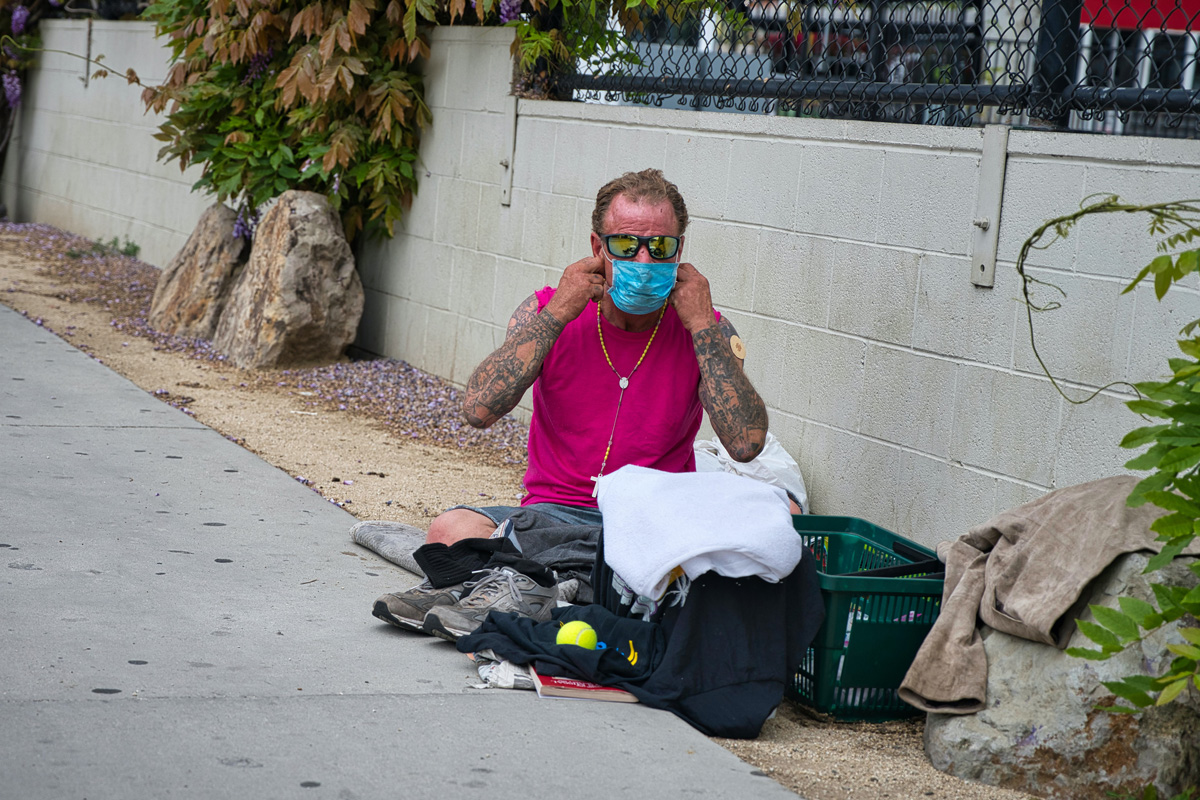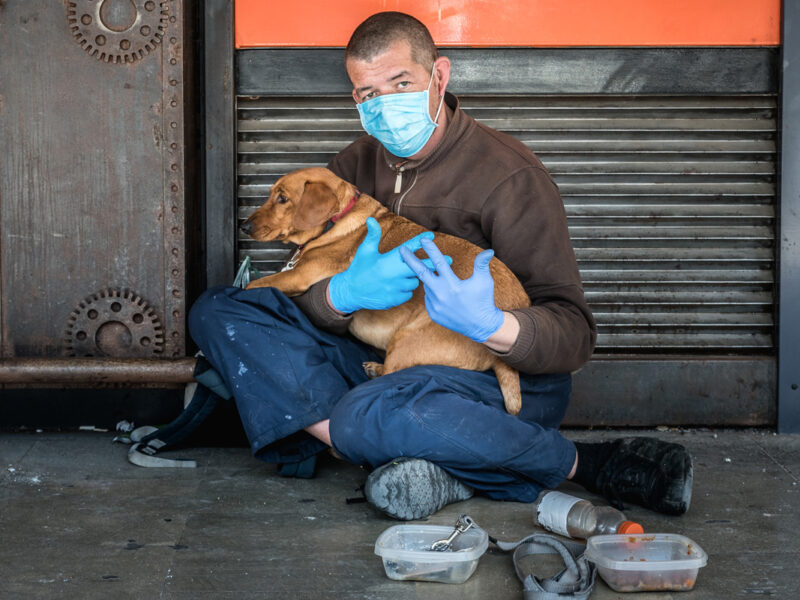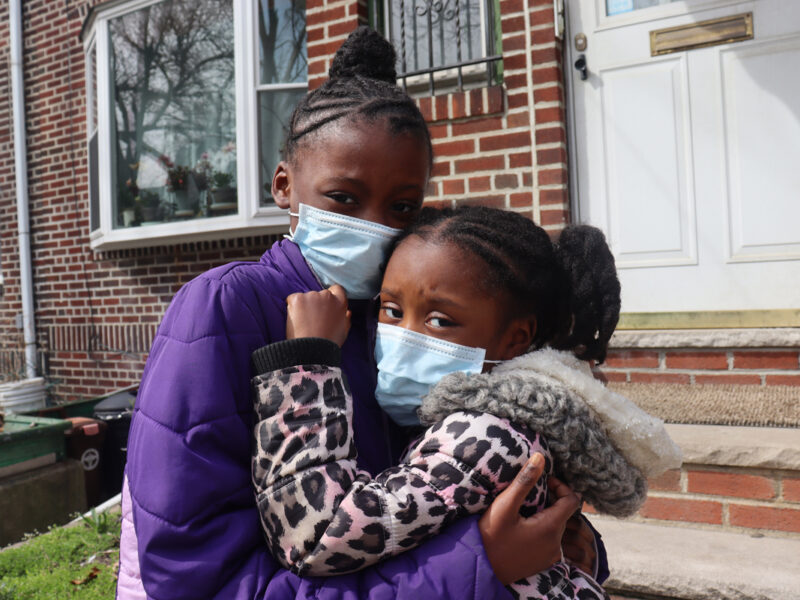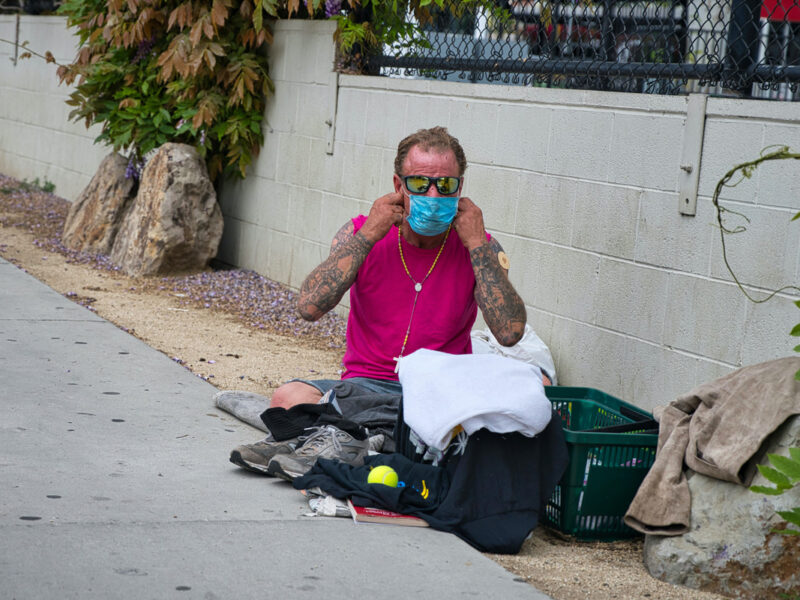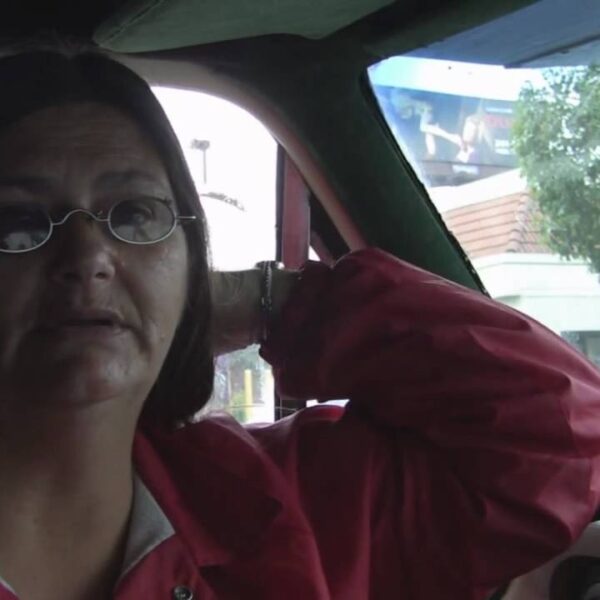According to the National Alliance to End Homelessness; National Health Care for the Homeless Coalition; National Low Income Housing Coalition; and researchers at the University of Pennsylvania, University of California, and Boston University, during the COVID-19 pandemic:
- People experiencing homelessness are more likely to have physical health conditions that make them more susceptible to the virus.
- People experiencing homelessness age faster than the general population, which puts them at greater risk of contracting the virus.
- The virus is more easily spread through group settings, such as homeless shelters.
- People experiencing homelessness are:
- Twice as likely to be hospitalized from coronavirus compared to housed peers.
- 2–4 times as likely compared to housed peers to require critical care as a result of COVID-19.
- 2–3 times as likely as their housed peers to die from COVID-19.
- People experiencing homelessness may have a hard time getting coronavirus-related assistance. For example, to access Economic Impact Payments, you may need access to your Social Security number, and some homeless people do not have their Social Security cards with them.
- Homeless people do not always have adequate access to hygiene and sanitation facilities.
- Shelters operate at high density, and in order to provide adequate social distancing measures, many would need to remove 50 percent of their beds. This would result in the need for 400,000 more units to accommodate the current homeless population—Los Angeles County alone would need 65,000 more units.
- Outreach among people experiencing homelessness can be very difficult, as they are more likely to live on the streets.
Shelters
Homeless shelters face unique challenges when protecting people from COVID-19. Even with safety protocols—including more handwashing, daily deep cleaning, staggering meal times, and hanging curtains between beds—there is a high risk of coronavirus transmission. A CNBC article noted that shelters with already limited resources are facing additional shortages of volunteers and funds.
Families and Youth
The coronavirus pandemic can create difficulties for families and youth experiencing homelessness and exacerbate existing conditions. According to the Pulitzer Center, the virus has pushed many low-income families into homelessness.
With schools closed, children lack needed routines, and parents may struggle with childcare options. Families without Internet access, devices, and lack of quiet places may struggle to keep up with schoolwork. Homeless students are more likely to struggle in school than their housed peers, and school closings may further this gap. In addition, according to the Institute for Children, Poverty & Homelessness, homeless students are more likely to have special education needs and have those needs addressed later than their housed peers. Despite the best efforts of teachers, school closings can make it more difficult for students to receive needed services.
While schools have been offering meals to families, transportation is sometimes required in order to get that food. Homeless children are more likely to have health issues such as asthma and mental health issues such as depression, but less likely to have access to health care. School nurses often provide needed care.
Many homeless families and youth may be “doubled up” with other family members or friends, making social distancing more difficult. Fear of contagion and lack of privacy (especially when people are home more frequently) may cause those families to be asked to leave. Homelessness is also a risk for LGBTQ youth who may experience family conflict when isolating and fear going to shelters.







